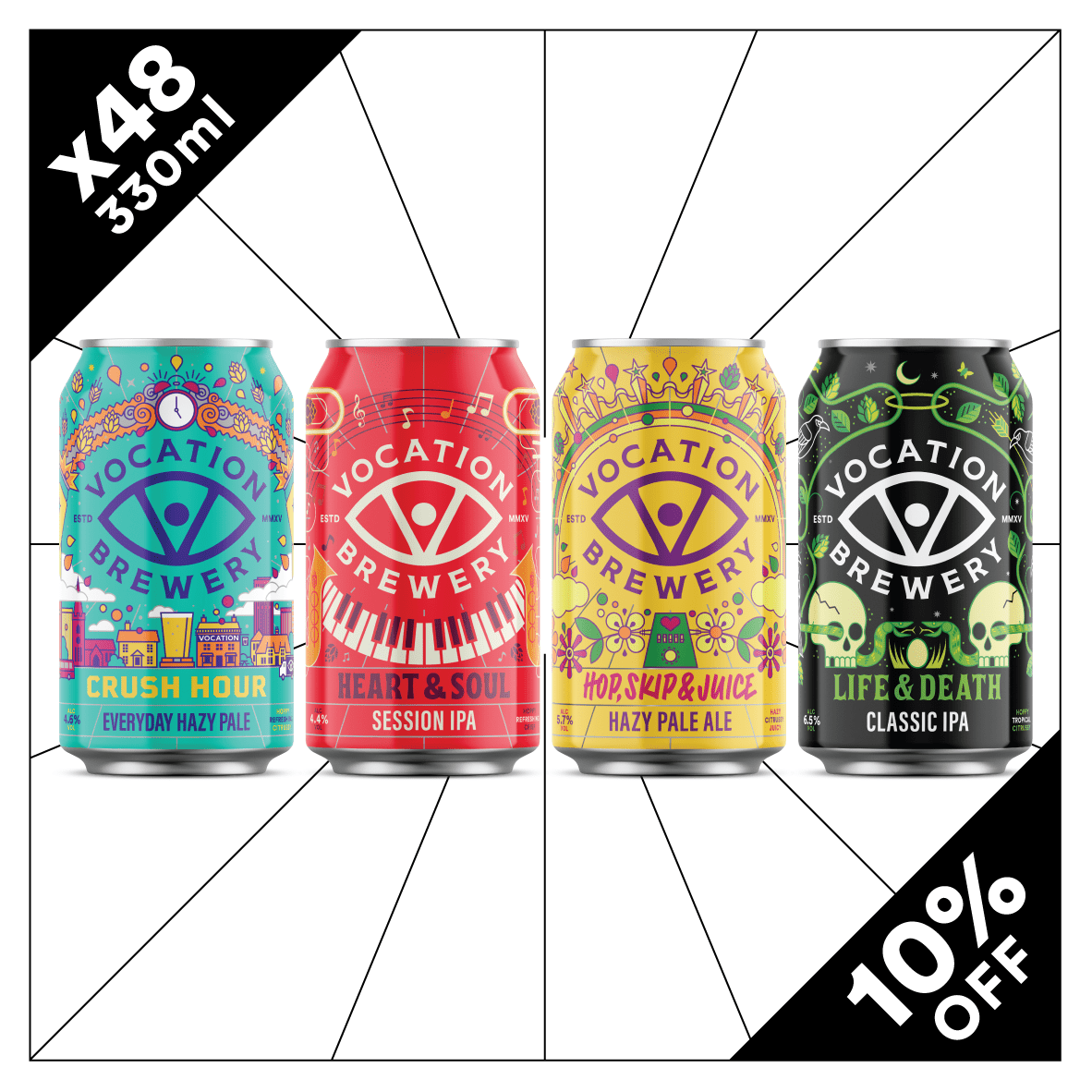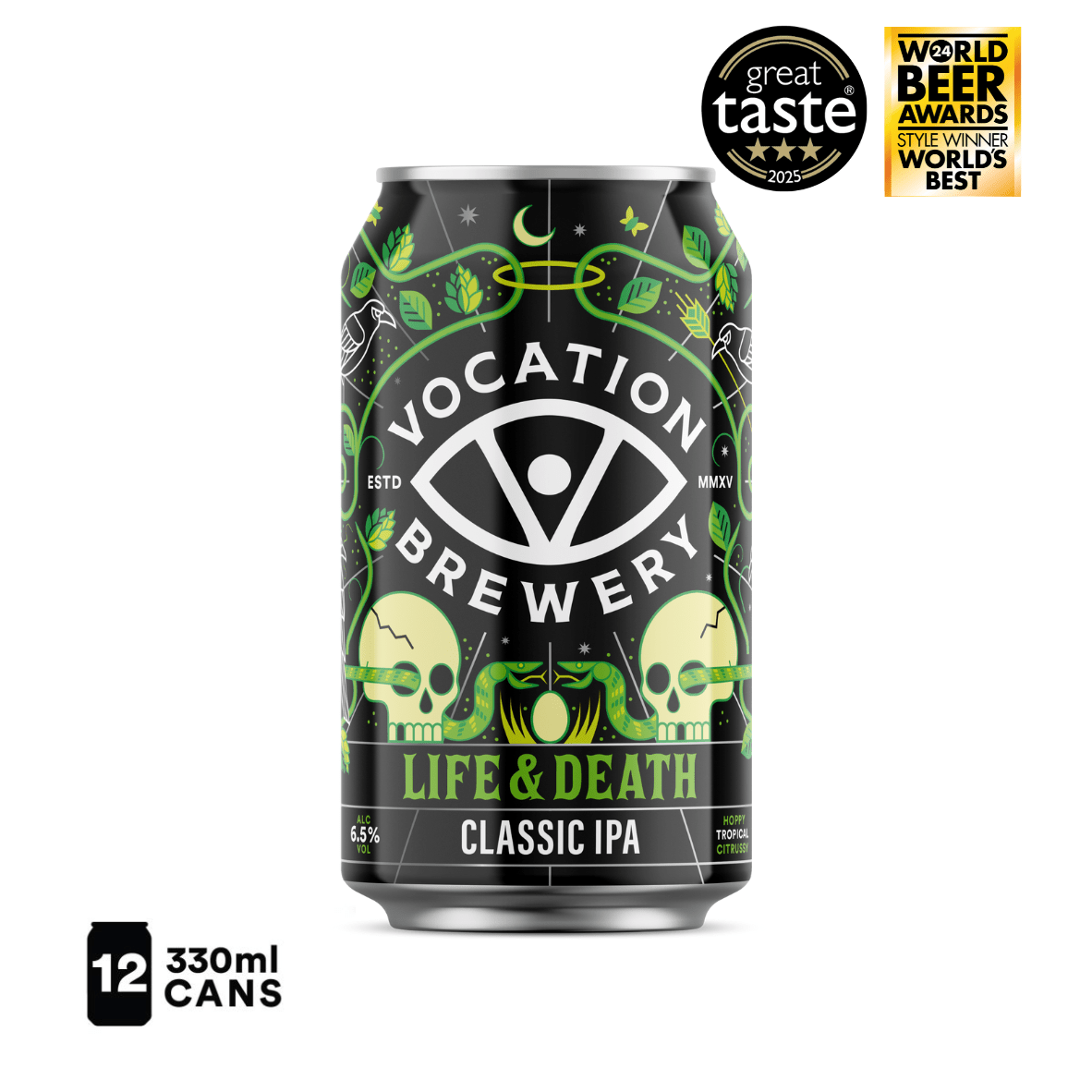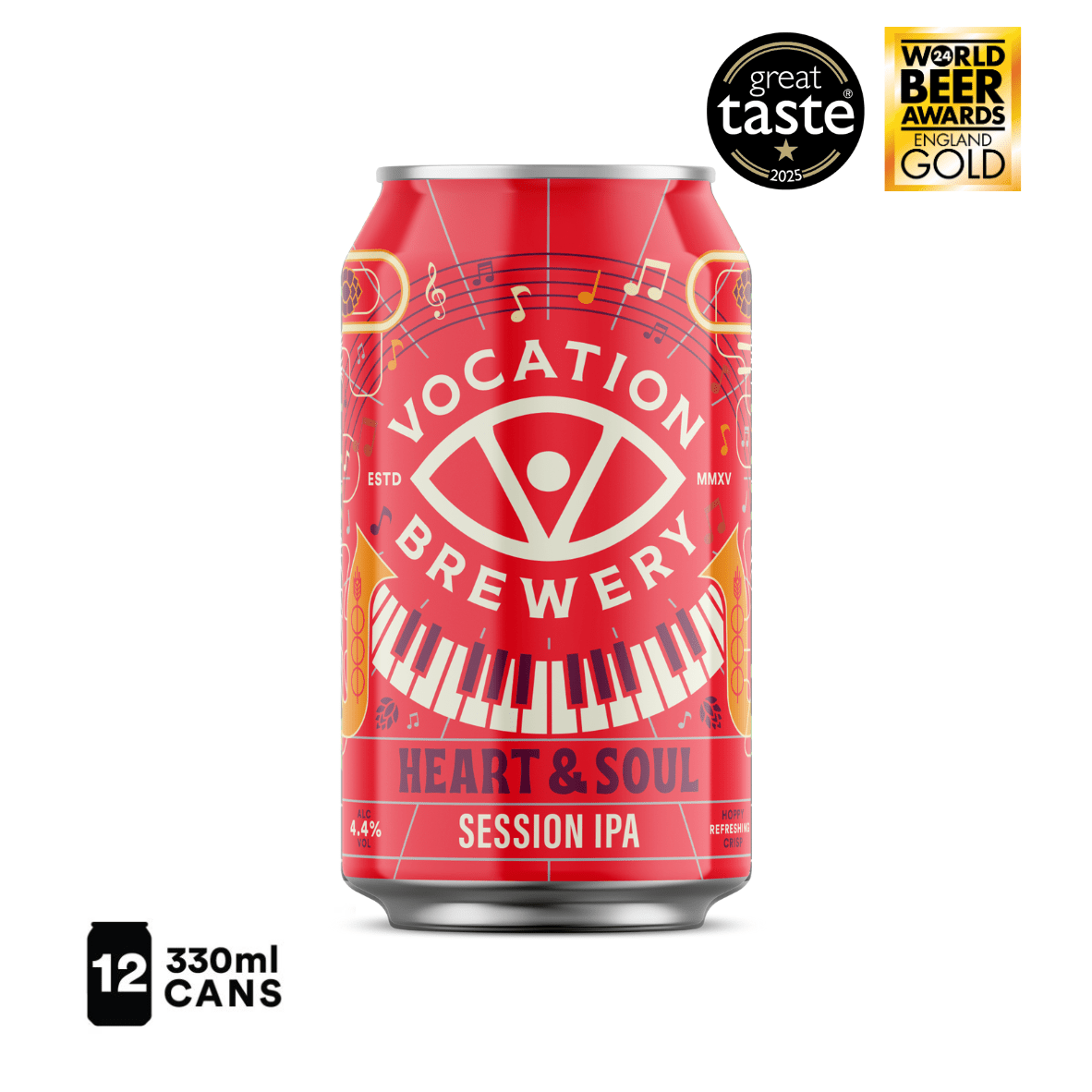
The temperature regulation of our outside fermenters works in several ways simultaneously; the first of which is simply that the tanks themselves are very well insulated, with a number of skins/layers between the outside surface and the beer in the vessel, meaning that both hot and cold atmospheric temperatures have very little to zero effect on the beer.
The second is actually down to the yeast itself during active fermentation; fermentation is the chemical reaction of converting sugars to alcohol, and this type of reaction is exothermic. This means that it generates heat during the process of fermentation. If left unchecked it can easily reach temperatures much too high for a healthy fermentation, even in weather like today!

This leads on to the third method of temperature regulation, our glycol cooling system. Within the walls of the fermenters flows our cooling system, activating and deactivating as required to ensure the beer doesn’t get too hot during fermentation. These are also used when cooling down the beer for conditioning once the fermentation has finished.
Due to the size and shape of our fermenters outside, the glycol system actually flows through a few different channels, meaning we can control which sections of the vessels are being cooled, which is beneficial for other processes in our daily tasks including yeast management.

We have 35 Fermentation vessels outside that can hold a total of 100HL of beer so having the temperature perfect is vital.
These three methods mean that our outside tanks can keep the beer at an optimum temperature for fermentation all year round. So come rain or shine the beer in tanks is never affected.










